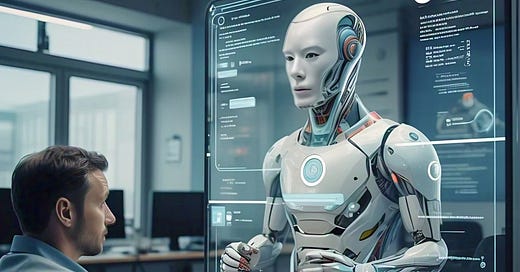OpenAI's o3-mini Now Lets You See The AI's Thought Process
This OpenAI update is available to free and paid users and could make getting the results you want easier.
OpenAI released its o3-mini model exactly one week ago, offering both free and paid users a more accurate, faster, and cheaper alternative to o1-mini. Now, OpenAI has updated the o3-mini to include an updated chain of thought.
OpenAI announced via an X post that free and paid users would now be able to view the reasoning process the o3-mini goes through …
Keep reading with a 7-day free trial
Subscribe to Neural News Network to keep reading this post and get 7 days of free access to the full post archives.



